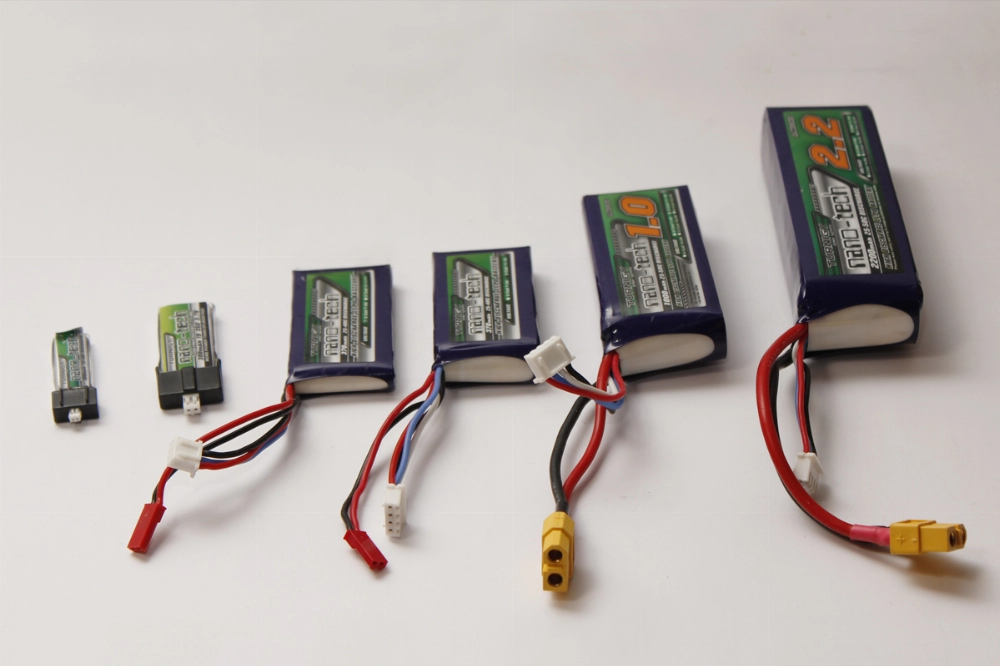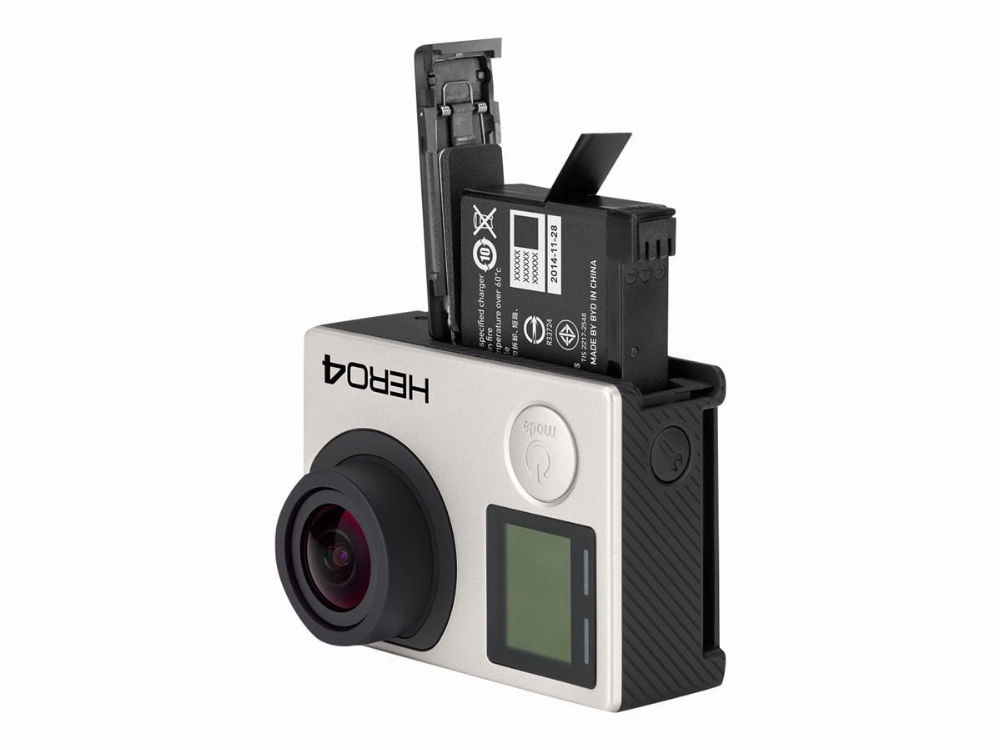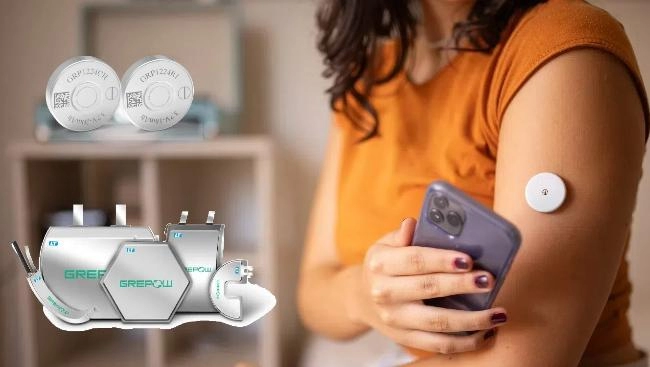KHZH’s Ultimate Guide to 6S Batteries
In the realm of high-performance power solutions, the 6S battery stands out as a top choice for enthusiasts and professionals alike. These power units are crucial for applications demanding efficiency, reliability, and exceptional performance. But what exactly is a 6S battery, and why is it so popular? This guide explores its voltage, types, applications, and maintenance, providing you with all the information you need to make informed decisions. Whether you’re a beginner or an expert, understanding the 6S LiPo battery can enhance your projects and optimize performance.
Part 1: What is a 6S Battery?
The term “6S” refers to a battery pack consisting of six battery cells connected in series. Each cell provides a nominal voltage of 3.7V, meaning a fully charged 6S battery delivers approximately 22.2V. This high-voltage configuration is ideal for powering devices that demand greater energy efficiency and performance.
Why Choose a 6S Battery?
6S LiPo batteries are favored for their ability to deliver high power output in a compact size. This makes them an excellent choice for drones, RC cars, e-bikes, and other high-performance devices. Compared to lower-voltage alternatives, 6S batteries offer superior efficiency, making them the preferred option for performance-driven applications.
Part 2: 6S Battery Voltage
Understanding the voltage characteristics of a 6S battery is crucial for selecting the right power source. While the nominal voltage is 22.2V, the voltage fluctuates based on its charge level.
Voltage Variations
- Fully Charged Voltage: Individual cells can reach up to 4.2V, totaling 25.2V for the entire pack.
- Discharged Voltage: When depleted, individual cells drop to around 3.0V, totaling 18V.
Maintaining your 6S LiPo battery within this voltage range is essential for ensuring optimal performance and longevity. Overcharging or deep discharging can lead to inefficiency and potential damage.
Part 3: 6S Battery Types
The most common type of 6S battery is the Lithium Polymer (LiPo) battery. LiPo batteries are widely used due to their lightweight design, high energy density, and flexibility. These characteristics make them ideal for applications where weight and space efficiency are critical.
Advantages of LiPo Batteries
- High Energy Density: Stores more power in a compact size, ensuring longer runtimes.
- Flexible Design: Can be molded into various shapes and sizes, allowing for customization based on the needs of different devices.
- Low Self-Discharge Rate: Holds charge longer when not in use, reducing the need for frequent charging.
However, LiPo batteries require proper handling and strict charging protocols to ensure safety and durability.
Part 4: 6S LiPo Battery Capacity
Battery capacity, measured in milliampere-hours (mAh), determines how long a battery can sustain a load before needing to be recharged. Selecting the right 6S LiPo battery capacity is essential for balancing performance and efficiency.
Choosing the Right Capacity
- Higher Capacity: Batteries with a higher mAh rating provide longer runtimes, making them suitable for applications for long drone flights or extended RC car racing.
- Weight vs. Runtime: While larger capacities offer more runtime, they also add weight. Balancing these factors is crucial for maintaining optimal device performance.
Common 6S Battery Capacities
- 2200mAh: Ideal for racing drones and RC models, balancing runtime with weight.
- 3000mAh: Provides extended runtimes while maintaining a moderate weight, suitable for mid-range applications.
- 5000mAh: Commonly used in larger drones and electric vehicles, requiring more power and longer runtimes.
- 6000mAh and Above: Typically used in high-demand applications where maximum power output and endurance are necessary.
Conclusion
6S batteries, especially 6S LiPo batteries, are an essential power solution for high-performance applications. Their high voltage, energy density, and flexibility make them a top choice for drones, RC vehicles, and e-bikes. Understanding their voltage characteristics, types, and capacity options helps you select the right battery. This enhances efficiency and longevity. By following correct usage and maintenance procedures, you can maximize the lifespan of your 6S battery.
Stay tuned to KHZH for more expert insights on battery technology and power solutions! You can learn more about Mastering the Art of Lithium Battery Charging to keep your safe and efficient power solutions.
6S LiPo Battery Guide: Performance, Applications, and Maintenance
Part 1: An Introduction to 6S LiPo Batteries
A 6S LiPo (Lithium Polymer) battery consists of six individual cells connected in series, providing a total voltage of 22.2V (3.7V per cell). This configuration makes it well-suited for high-demand devices like drones, RC vehicles, and e-bikes, offering an excellent balance between weight, power, and energy capacity.
6S batteries are known for their superior power output and lightweight design, enabling devices to achieve high efficiency while maintaining a low weight.
Part 2: Voltage and Capacity Considerations
Voltage
The 22.2V voltage of a 6S LiPo battery makes it suitable for various applications requiring medium-to-high voltage. The higher voltage is advantageous for powering devices that need rapid, sustained energy delivery.
Capacity
Battery capacity, measured in milliampere-hours (mAh), indicates the amount of electric charge the battery can store. Higher mAh ratings allow the battery to operate for longer periods before needing a recharge. Typically, 6S LiPo batteries range from 1300mAh to 5000mAh.
The appropriate capacity depends on the specific needs of your device. High-capacity batteries provide longer run times for energy-intensive applications but add weight and increase charging time.
Part 3: Understanding C-Ratings
The C-rating of a 6S LiPo battery is a crucial factor that determines how quickly the battery can discharge its energy. This rating is expressed as a “C” value, where 1C represents the discharge of the battery’s full capacity in one hour.
For example, a 1000mAh battery with a 1C discharge rate discharges at 1000mA (1 A). Higher C-ratings allow the battery to deliver power at a faster rate, which is particularly important for devices requiring bursts of energy, such as drones and RC cars.
High vs. Low Discharge Rates
- High Discharge Rates: Higher C-ratings allow for quicker energy release, ideal for applications like racing drones or high-speed RC cars. However, it also generates more heat and can reduce battery life if not managed properly.
- Low Discharge Rates: Lower C-ratings offer slower discharge speeds, reducing heat generation and potentially extending lifespan. However, it may not meet the needs of high-power demand devices.
Common 6S Battery C-Ratings
Typical discharge rates for 6S batteries range from 20C to 50C. For instance:
- A 20C 6S battery with a capacity of 2200mAh can safely discharge at a rate of 44 A (2200mAh x 20C = 44 A).
- A 50C 6S battery can discharge up to 110 A, making it suitable for high-performance applications like racing drones or advanced RC vehicles.
Part 4: Applications of 6S LiPo Batteries
6S LiPo batteries are versatile and used in various applications that require a reliable power source and extended run times. Some of the most common uses include:
- Drones: These batteries are highly valued in drone applications for their ability to provide stable power, allowing drones to carry heavier payloads and perform more complex operations.
- RC Vehicles: For RC cars, boats, and airplanes, 6S LiPo batteries provide the necessary power for high-speed racing and performance. Their lightweight design helps maintain agility and responsiveness.
- E-bikes and Scooters: 6S batteries power e-bikes and scooters, providing the necessary voltage to tackle steep inclines and travel longer distances with fewer recharges.
Part 5: Charging and Maintenance Tips
Proper charging and maintenance are essential to maximize the performance and lifespan of your 6S LiPo battery.
Charging Guidelines
- Use the Right Charger: Always use a charger specifically designed for LiPo batteries to charge your 6S battery, ensuring the correct voltage and current settings.
- Monitor Charging: Never leave batteries unattended while charging to avoid the risk of overcharging, which can lead to overheating or damage.
Battery Maintenance
- Storage: Store batteries in a cool, dry environment. Avoid storing them in a fully charged or fully discharged state; a 50% charge level is ideal for long-term storage.
- Regular Checks: Regularly inspect your batteries for any signs of damage to maintain performance and safety. Replace any damaged batteries.
Part 6: How Long Do 6S LiPo Batteries Last?
The lifespan of a 6S LiPo battery is typically between 300 to 500 charge cycles, depending on usage and maintenance practices. Proper care can extend the battery’s usable life.
Tips for Extending Battery Life
- Avoid Deep Discharges: Regularly fully discharging the battery can shorten its lifespan. Aim to keep the charge level between 20% and 80% for optimal longevity.
- Temperature Management: Keep the battery at optimal temperatures during use and storage to prevent degradation and maximize performance.
By following these guidelines, you can ensure that your 6S LiPo battery provides reliable power for an extended period, making it an excellent choice for high-power applications.
Part 9: 6S LiPo Battery Charger Types
When charging a 6S battery, selecting the right charger is crucial for safety, performance, and battery life. Here are the most common types of chargers for 6S batteries:
LiPo Battery Chargers
Since most 6S batteries are LiPo (Lithium Polymer) batteries, a LiPo battery charger is necessary. These chargers are specifically designed to charge LiPo batteries with multiple cells, such as a 6s configuration, while managing each cell individually to ensure safety.
Balance Chargers
Balance chargers not only charge the entire battery but also balance each cell to ensure they reach the same voltage level. This prevents individual cells from being overcharged or undercharged, extending battery life and ensuring consistent performance.
Smart Chargers
Smart chargers offer advanced features such as automatic cell balancing, temperature monitoring, and charge cycle tracking. These features help improve charging safety and efficiency.
Charger Specifications
When selecting a charger for your 6S battery, ensure it supports charging up to 25.2V (the total voltage of a fully charged 6S battery, with 4.2V per cell). Also, ensure the output current is appropriate for your battery’s capacity, typically 1C to 2C (1 to 2 times the battery capacity).
Part 10: Choosing the Best 6S LiPo Battery
Selecting the ideal 6S battery for your device or application is crucial for performance, runtime, and safety. Here are key factors to consider when choosing the best 6S battery:
Capacity (mAh or Ah)
Choose a battery with an appropriate capacity to meet your device’s power requirements. High-capacity batteries, such as 5000mAh or 6000mAh, offer longer runtimes but may also be heavier.
Discharge Rate (C Rating)
Ensure the battery’s C-rating is sufficient to meet your application’s power demands.
Battery Chemistry
LiPo (Lithium Polymer) is the most common chemistry for 6S batteries, but LiFePO4 can be used for applications where safety is a priority. LiPo offers higher energy density, while LiFePO4 provides greater thermal stability and a longer lifespan.
Voltage
Verify that the battery’s voltage is compatible with your device. A 6S battery has a nominal voltage of 22.2V and a fully charged voltage of 25.2V. Ensure your device can handle this voltage range.
Weight
If weight is a concern, such as for drones or RC cars, choose a battery that provides the necessary capacity without unnecessary bulk.
Brand Reputation and Reviews
Select a reputable brand known for producing high-quality, reliable batteries. Check user reviews and performance data to avoid unreliable or counterfeit products.
Size and Fit
Ensure the dimensions of the 6S battery match your device or battery compartment. While 6s batteries often have standardized dimensions (approximately 135mm x 46mm x 25mm), it is essential to verify the battery’s fit for your specific application.
Part 11: Custom 6s Battery Manufacturers
For scenarios with specific application needs, custom 6S batteries may be the best solution. KHZH (科恒智合), a leading Chinese lithium battery manufacturer, offers customized battery solutions including lithium polymer, cylindrical, and LiFePO4 batteries.
Customization Options
KHZH (科恒智合) offers various customization options to tailor the battery’s shape, size, capacity, and voltage. This ensures the battery meets the precise specifications of your application, providing both flexibility and precision.
More Articles
How to Safely Clean Leaking Battery Electrode/Terminal: A Step-by-Step Guide
This comprehensive guide will walk you through the risks, safety precautions, and proper methods for safely cleaning electrodes/terminals of leaking batteries.
Portable Battery Charger vs. Power Bank: What is the Difference?
A portable battery charger is any mobile charging device, while a power bank stores energy in a battery, allowing the power bank to charge devices without a direct power source.
The Ultimate Guide to Using Lithium-Ion Jump Starter/Booster Pack
Lithium-ion jump starters/booster packs are invaluable tools for automotive emergencies. This guide explains how to properly use and maintain them, and why investing in one is a smart decision.
What is a Portable Battery Charger?
A portable battery charger is a convenient device that provides power to your devices while on the go. This guide offers a simple and easy-to-understand explanation of what it is, how it works, and what materials it’s made of.
How to Choose the Best Battery Pack for Your Needs: Capacity, Performance, etc.
Choosing the right battery pack is crucial for reliable performance. This guide helps you understand key factors like capacity, safety, and other considerations to make a more informed decision when selecting the ideal battery pack for your needs.
For more detailed information on battery packs, check out our: Alkaline vs Carbon-Zinc vs Lithium Batteries Guide.








